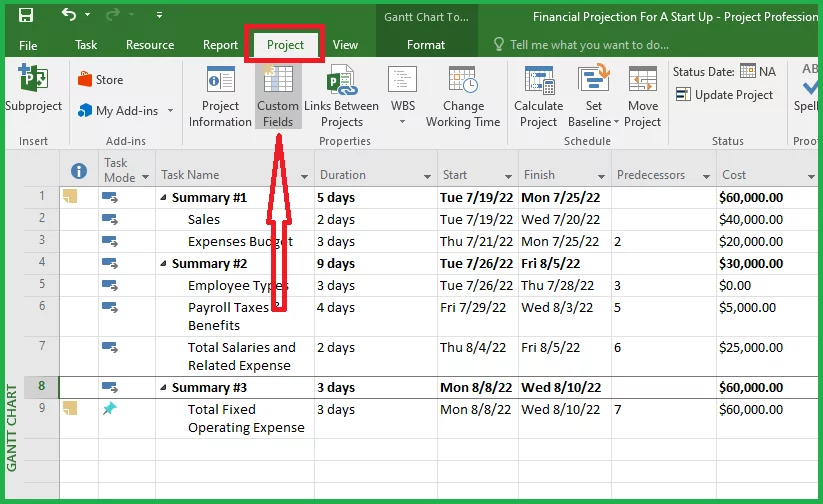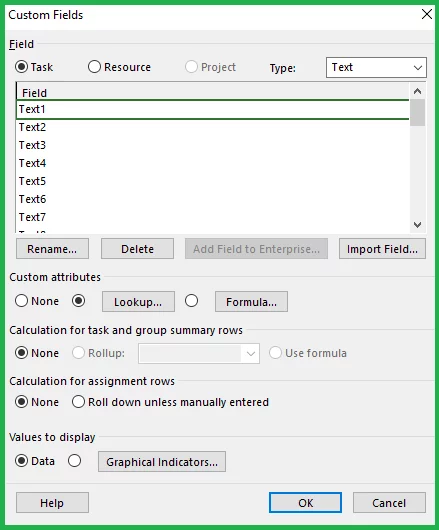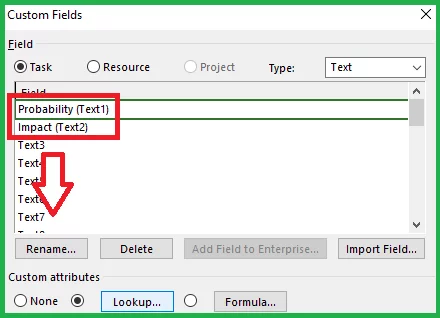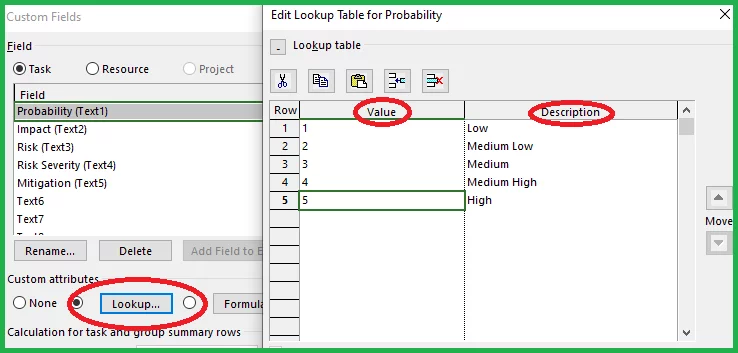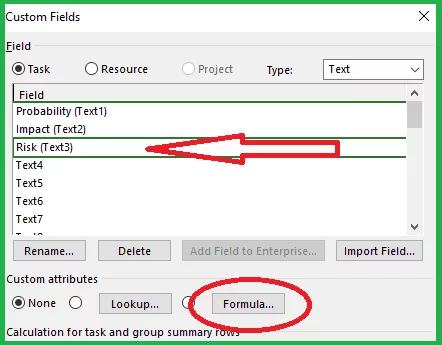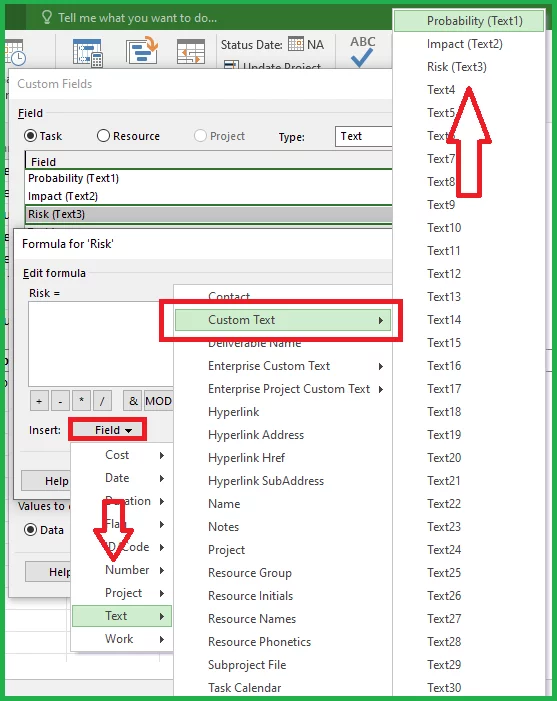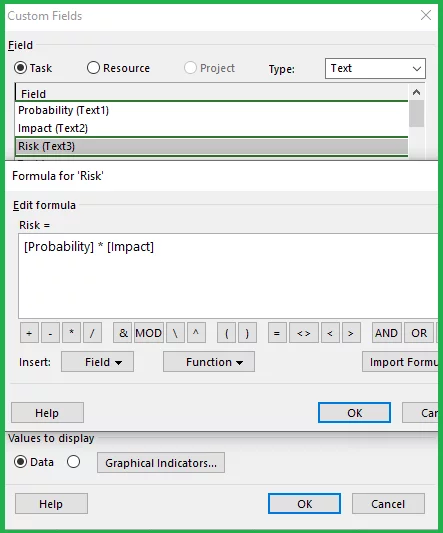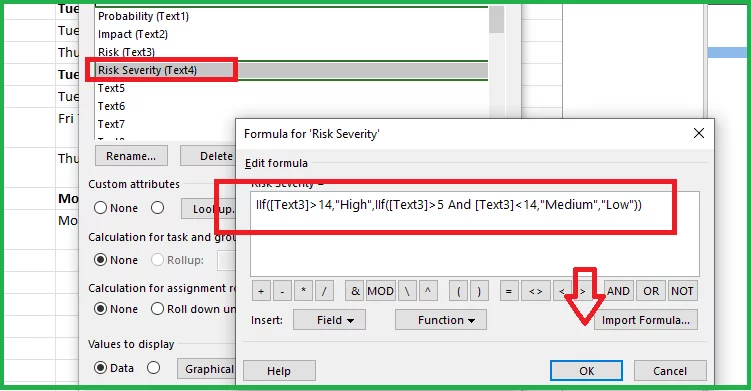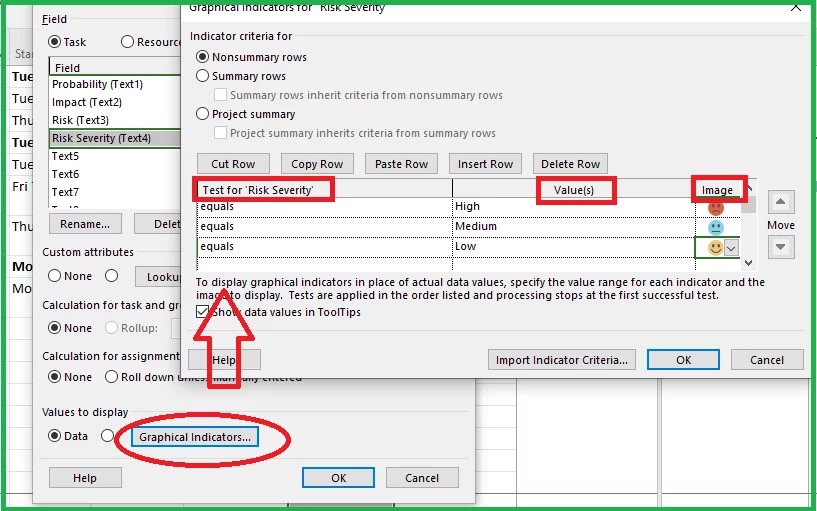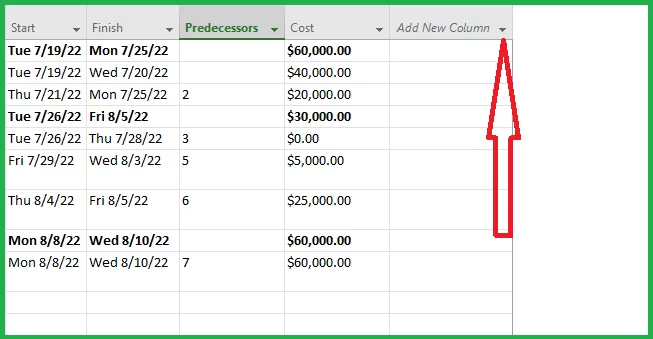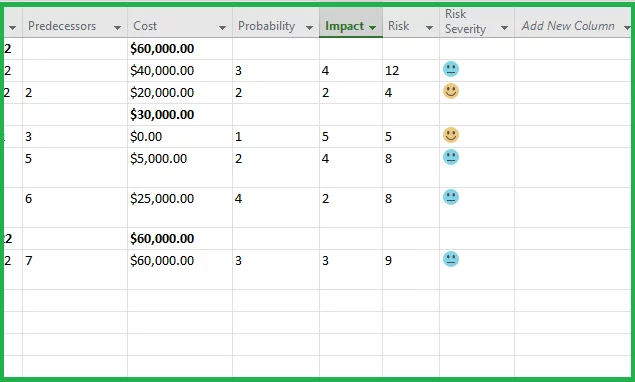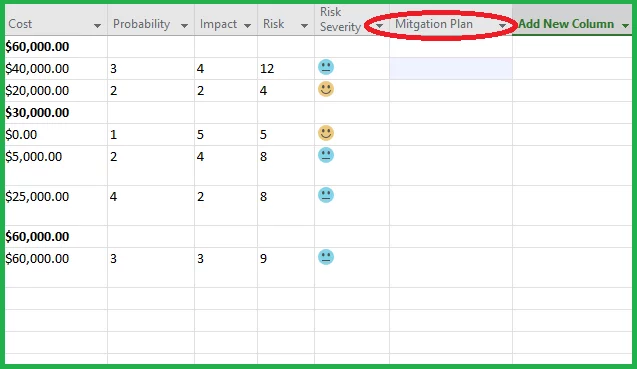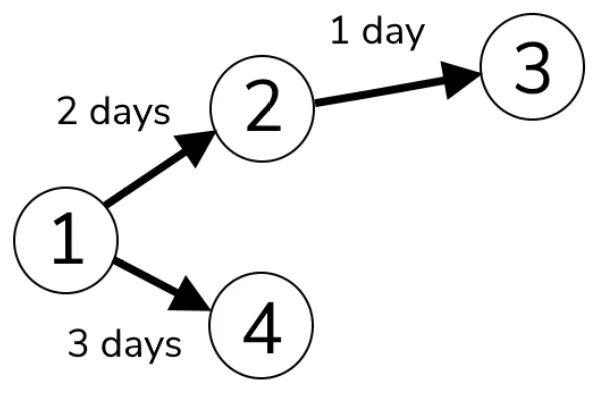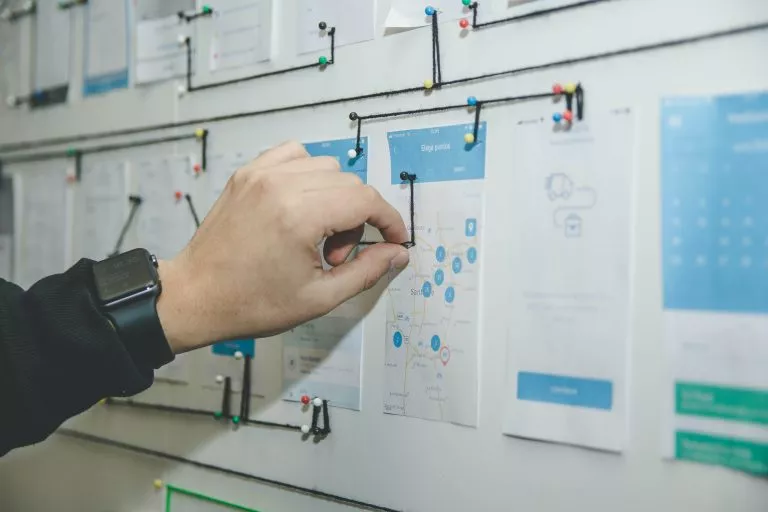
Save Your Project Using Risks And Contingencies!
Contents
Worried about the risks involved in your next project?
Risk is an inherent part of any project.
No matter how well you plan or how experienced your team is, there’s always the potential for something to go wrong.
That’s why it’s important to identify risks early on and make contingency plans to deal with them.
Microsoft Project can help you identify and mitigate risks before they become a problem.
You can also use it to create detailed contingency plans to prepare you for the unexpected.
It makes it easy to keep track of your project’s progress and status at all times.
You’ll always know what’s going on, no matter where you are or what time of day it is.
Learn how to get the most out of MS Project by attending one of our training sessions.
Why Add Risk To Your Project?
To manage risk properly, you need to understand it and how it affects your project.
Risk is the possibility of something happening that will have an adverse effect on your project.
It can come from many sources, including external factors like the weather or political instability, or internal factors like poor communication or unrealistic deadlines.
Risk management is the process of identifying, assessing, and responding to risks.
The first step is to identify the risks that could impact your project.
This can be done by brainstorming with your team or using a risk assessment tool.
Once you have identified the risks, you need to assess their probability and potential impact.
This will help you prioritize which risks are most important to address.
Finally, you need to develop a response plan for each risk.
This should include contingency plans in case the risk materializes.
And also strategies for reducing the probability or impact of the risk!
Check out our other post to learn how to handle projects with Critical Path Analysis.
How To Add Risk To Tasks In Microsoft Project
There are three steps to add risk to your project in Microsoft Project:
- Adding risk to your project can help you get approval for additional resources.
- Creating a mitigation plan is a part of your risk response plan, you should also develop a mitigation plan.
- Making contingency plans shows that you’re prepared for the worst-case scenario.
While some risks are out of your control, others can be managed through proper planning and execution.
Is your version of Project not setup yet? Check out our Microsoft Project beginner guide for a quick breakdown on setting it up from scratch!
Adding Risk Elements to Tasks
Let’s consider a financial project in Microsoft Project to add risk to individual tasks.
Risk is calculated as the product of the probability of an event occurring and the impact if it does occur.
- To add a risk element to a task, click on the Custom Fields available in Project Tab.
- After clicking, a new window will pop up.
- Click on Text1 and rename it to Probability. Similarly, rename Text2 to Impact and press OK.
- Now click on the Lookup button, and create 5 values and their description for Probability. i.e 1 (Low), 2 (Medium Low), 3 (Medium), 4(Medium High), and 5 (High). And then press Close.
- Similarly, create 5 values and their description for Impact.
- Create the Risk section in the Custom Fields by renaming Text3.
- Click on the Formula for Risk section.
- Write the formula for calculating Risk, by selecting Probability.
- To select Probability, click on the arrowhead next to Insert. Hover down to Text, then choose Custom Text, and select Probability.
- Now, place asterick (*) and repeat the same method to select Impact in the Formula section. Press OK.
- Rename Text4 to Risk Severity in Custom Fields. Click on Formula and write IIf([Text3]>14,”High”,IIf([Text3]>5 And [Text3]<14,”Medium”,”Low”)) , then press OK.
- Go to Graphical Indicators and add inputs for the Test, Value, and Image column as shown below.
- Click on the arrow next to Add New Column.
- And select Probability from the drop-down list.
- Similarly, repeat the process for Impact, Risk, and Risk Severity.
By following the above-mentioned procedure, you can add risk to each task and sub-tasks of the project.
Need to know more about proejct? Take a look at our article Microsoft Project File Extensions.
Mitigation Plan
As we discussed earlier, mitigation plans are preventative measures that you can take to decrease the likelihood or severity of the potential risk.
It is important to have a mitigation plan in place so that you can be prepared in the event of an emergency.
Mitigation plans are typically developed by risk management professionals and include a variety of mitigation strategies.
Some common mitigation strategies include hazard mitigation, risk avoidance, and risk reduction.
Hazard mitigation includes measures that you can take to reduce the hazards that are present in your environment.
Risk avoidance includes avoiding activities that could potentially lead to an accident or incident.
Risk reduction includes taking steps to reduce the severity of an accident or incident if it does occur.
Creating Mitigation Plan
To create a mitigation plan, simply click on the Add New Column and add a column for Mitigation Plan.
For our financial project example, some possible mitigation strategies for a high probability/high impact risk might include:
-
- Finding a cheaper supplier for one of the project’s components
- Changing the project schedule to allow for more time to complete the task
- Adding more personnel to the team to increase the likelihood of success
Consider using a budgeting and planning method to list the tasks in your project. The Waterfall Methodology can help greatly with this!
Contingency Plan
A contingency plan is a fall-back plan that you can use if something goes wrong. It should be designed to minimize the impact of a risk on your project.
Contingency planning is an important part of risk management, and it’s something that you should do as soon as you identify risk.
Contingencies can be internal or external. Internal contingencies are within your control, while external contingencies are out of your control.
Microsoft Project can help you create contingency plans by allowing you to create multiple scenarios.
By identifying risks and creating contingency plans, you can increase the chances of your project succeeding despite unforeseen obstacles.
Creating a Contingency Plan
You can create a contingency plan using Microsoft Project.
To create a contingency plan, simply click on the Add New Column and add column for Contingency Plan.
Consider the following examples:
-
- You’re planning a financial projection for a start-up, and you’re worried about the possibility of bad sales.
Your contingency plan is to have extra capital available to run the cores of the company.
-
- You’re planning an event, and you’re worried about the possibility of bad weather.
Your contingency plan is to rent a space indoors in case it rains on the day of your event.
How do you implement this to tasks that already have dependencies and lead times? For further information, go here!
Troubleshooting
Here are a few of the common scenarios that you may encounter while working with risks in Microsoft Project:
What Risks Should I Include?
Make sure to involve stakeholders from all areas of the project. Have an open brainstorming session where everyone is encouraged to share their concerns. It may also be helpful to create a list of potential risks beforehand so that everyone is on the same page.
How Do I Create A Mitigation Plan?
There are a number of methods to reduce risk. Hazard mitigation, risk avoidance, and risk reduction are some of the most common techniques. Choose which approach works best for your project by consulting with your team.
How Do I Create A Contingency Plan?
Contingency plans are used to reduce the effect of a hazard on your project. Consult with your team and determine what you’d do in the event of an issue. Make sure you have a plan for both internal and external contingencies.
My Contingency Plan Is Too Expensive!
There are a few ways to reduce the cost of your contingency plan. One option is to reduce the scope of your plan. Another option is to find a cheaper supplier for one of the project’s components.
Conclusion
One of the most important skills for any project manager is the ability to assess risk.
Throughout the course of a project, there will always be potential risks that could threaten its success.
It is the job of the project manager to identify these risks and develop plans to mitigate them.
This requires a detailed understanding of the project and its objectives, as well as a knowledge of the potential hazards that could affect it.
Looking for a way to set hard dates and see how your project will flow? Read our guide to Microsoft project schedules here!

